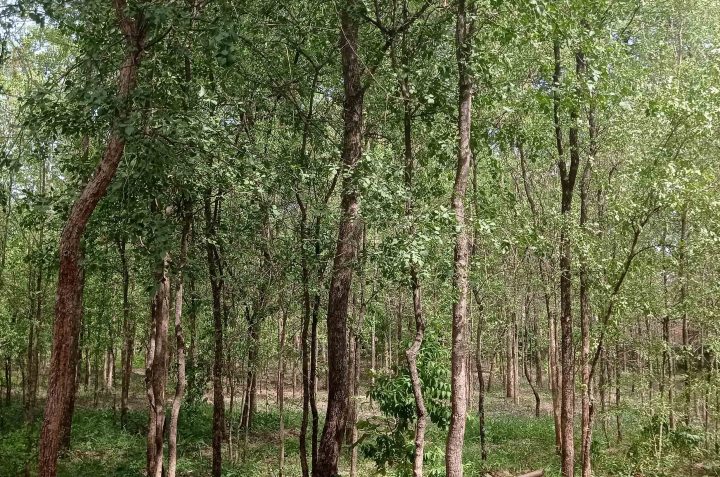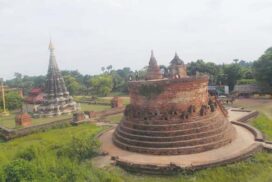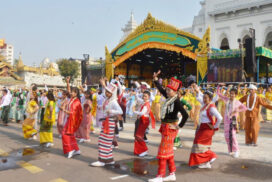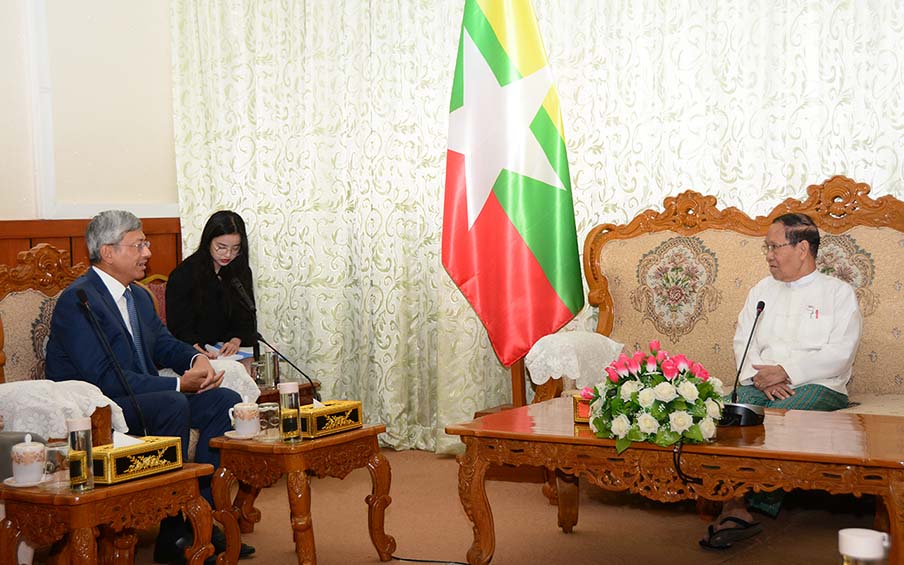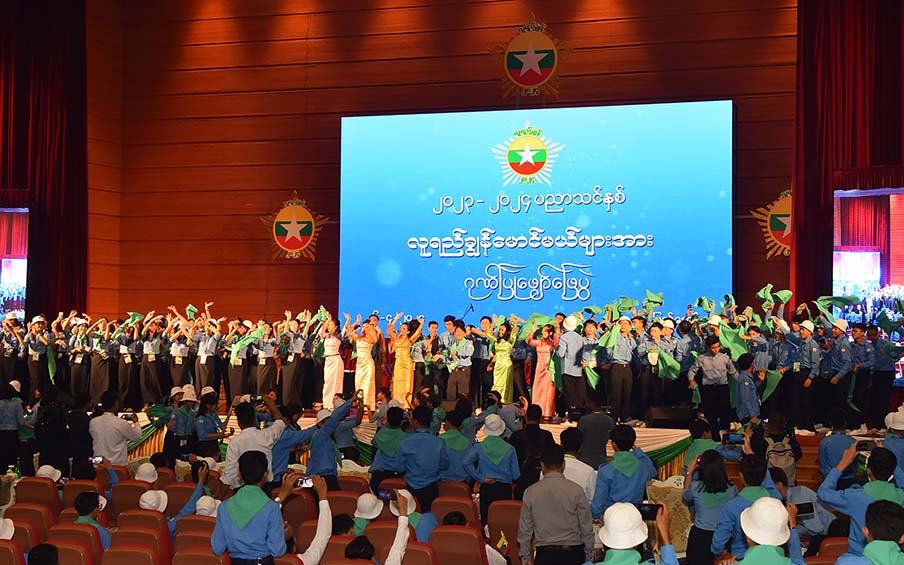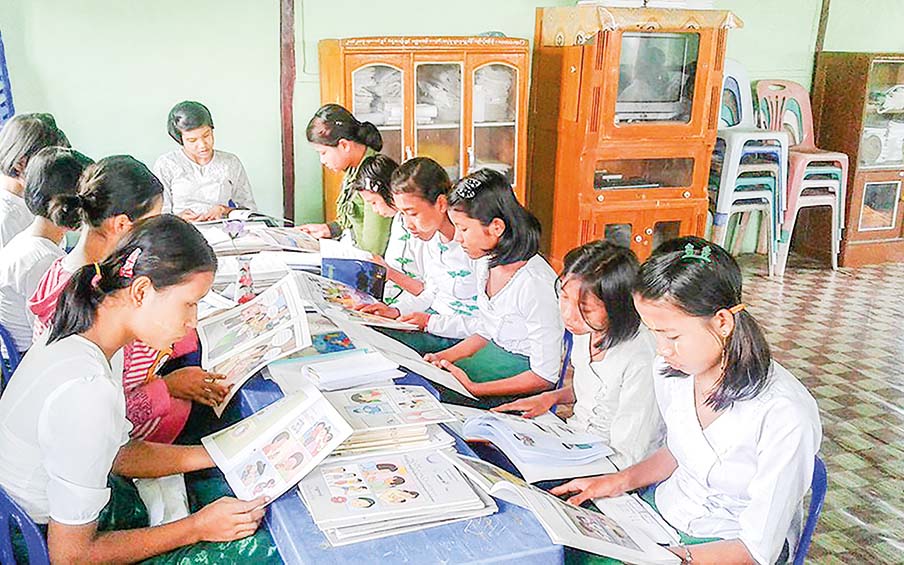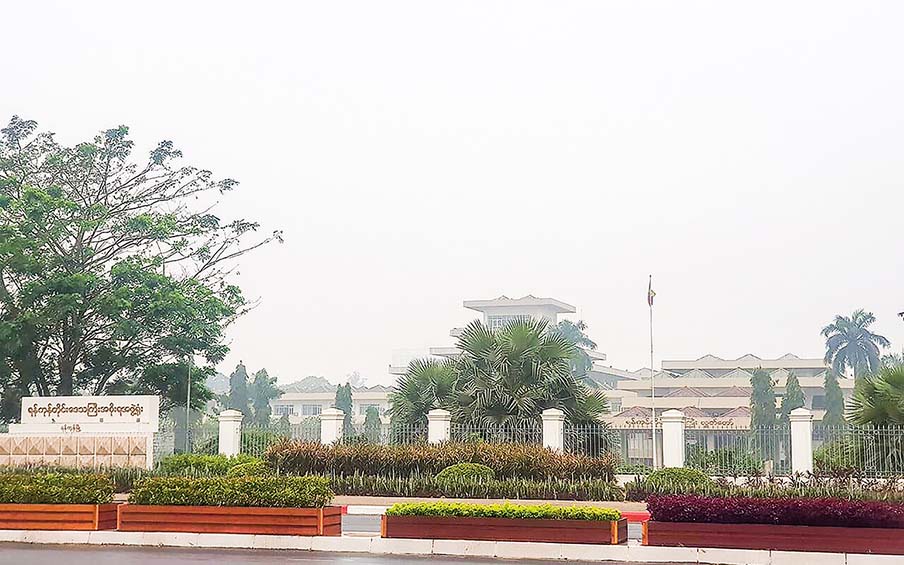The young courtiers used Thanakha during the reign of ancient Myanmar kings. Nowadays, the Myanmar women like to decorate themselves with Thanakha. Even with the arrivals of modern beauty products, Thanakha remains the reigning cosmetic of choice.
Features
Thanakha can cool the skin, provide protection from the sunray, and its fragrance makes the people fresh. The courtiers and female farmers used Thanakha. Most of the Myanmar girls apply Thanakha after bathing, or they wear it whenever they go to pagodas or religious occasions.
Potency of Thanakha
Thanakha can protect the human body from heat-related problems. Those working under direct sunlight can use Thanakha as sun protection. The fragrance of Thanakha can also cure the headache, dull pain, neck pain and nasal congestion. If the women suffer from the menses, they can apply Thanakha with the turmeric. If they have high body temperature, they can take liquid Thanakha with the nectar of Mesua Ferrea. If the men suffer from the headache, dull pain, toothache and blurred vision due to urinary disease, they can take liquid Thanakha by grinding the root of Thanakha.
Donation to the Lord Buddha
Although Myanmar girls grind Thanakha in longitudinal, the courtiers grind in a vertical way to get the smoother Thanakha paste. Moreover, the girls dry Thanakha to make powder. There is a tradition in the central Myanmar like offering the Thanakha to the Buddha at the bonfire. Such culture emerged in the Bagan era.
Usefulness of Thanakha
Thanakha is hard and in yellow colour. The dried Thanakha weighs 61 pound per cubic foot. Therefore, the Thanakha is used as a driving lever in grinding oil or paddy, in carving industry and as measuring tools.
Mixed-cropping plants
The Thanakha is called Limonia acidissima in the botanical term, in Rutaceae Family and is in the same group with Aegle marmelos, orange, lemon, lime and clausena. Thanakha trees can grow together with Terminalia oliveri, Tectona Hamiltonian, Acacia leucophloea, Eastern gooseberry, Acacia catechu, Diospyros burmanica and so on. The stem of the tree is about 3ft.
Thanakha Plantation
Although Thanakha plants can be seen across the nation, they are mostly grown in the country’s central dry zone. The plants are grown in Ayadaw township with more than 100,000 acres and the township boasts 75 per cent of Thanakha plantation of the country. The Thanakha plantation is also expanded in Pakokku, Yesagyo, Myaing, Shwebo, Budalin, Yinmabin, Monywa, Myinmu and Pauk townships. There are now more than 300,000 acres of Thanakha plantation.
Public participation
Therefore, the people should work together to ensure that Myanmar’s Thanakha, which has been conserved as a traditional culture since the time of the ancient Myanmar kings, exists as a gift and a symbol of Myanmar and remains a part of Myanmar’s cultural heritage in the world.—Zeyar Htet (Minbu)/GNLM

